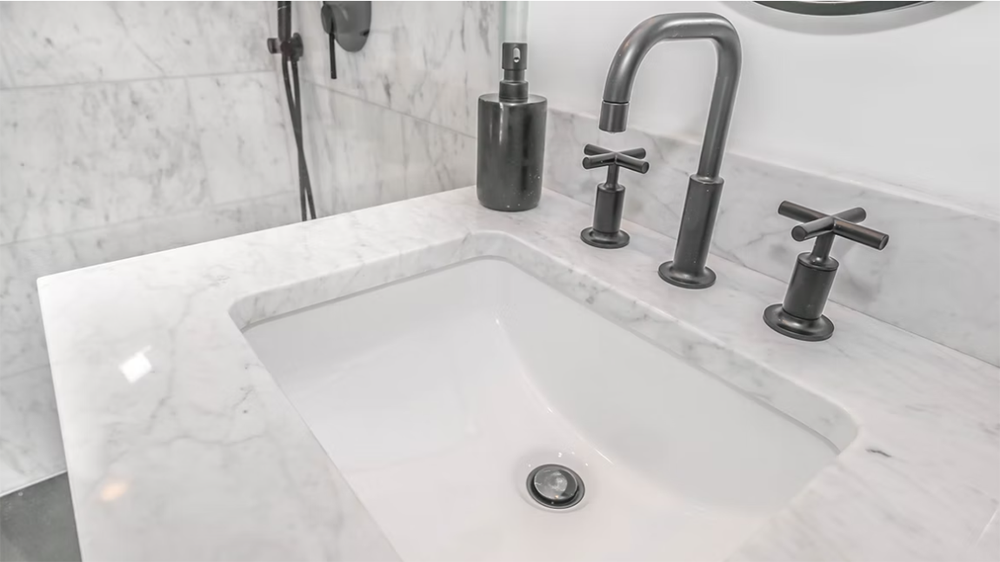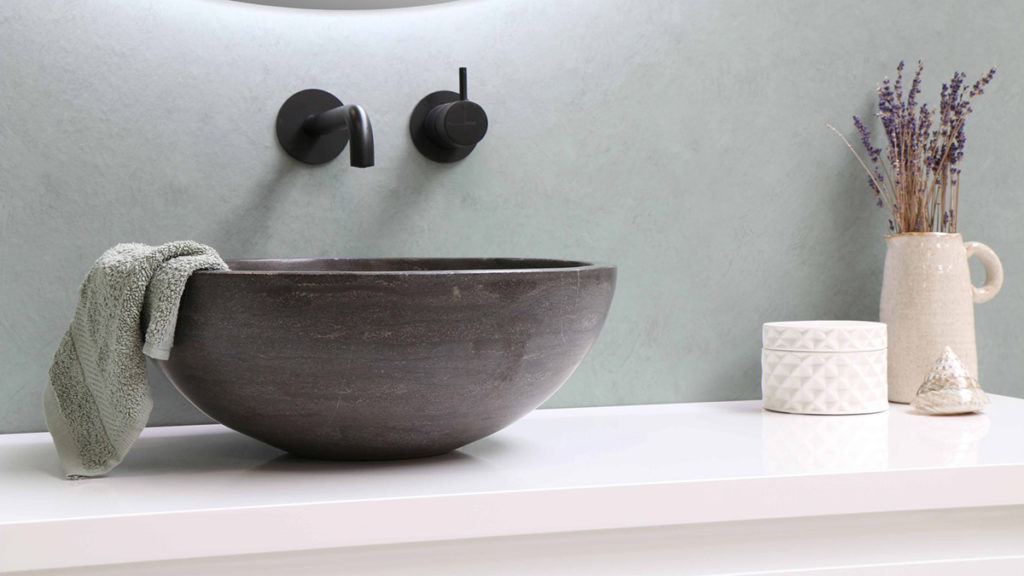When it comes to updating your home, the bathroom is one of the most commonly overlooked rooms. There is a lot that can be done with the bathroom From painting, switching out towels and other accesories, as well as changing out fixtures to completely revamp its look. One option that’s become quite popular with homeowners is replacing your standard sink with a vessel sink.
While vessel sinks aren’t right for every bathroom, when they do work, they can really make a splash. If you’re not sure what a vessel sink is or exactly how one would fit into your bathroom decor, read on. We’ll cover the basics of these sinks, how they differ from more traditional sinks, and how to tell if one is right for your family.
The Ups and Downs of Vessel Sinks

Most bathrooms are pretty basic when it comes to the layout of the sink. A separate basin is inserted into a countertop or seamlessly fabricated as part of the countertop material. Both instances drop the sink down below countertop level. Both looks are functional and aesthetically pleasing options. Bathroom sinks have a third option that is not only functional but serves more than a simple utilitarian purpose.

Vessel sinks are standing vessels or sculpted bowls that sit on top of the counter or are partially recessed into the counter. Think of a vintage setting with a basin on top of a dresser. The faucet typically stands separate from the vessel either mounted to the counter itself or to the wall. The overall aesthetic is equally decorative as it is functional.
Vessel Sink Installation
A vessel sink installation isn’t much more difficult than a traditional install; however, it can come with a few other choices and changes. Such choices may be:
- The size of the hole to be cut into the countertop. Does it just need a drainage hole or will the vessel be slightly submerged, requiring a more custom measurement?
- Vessel sinks most often require faucets to be placed outside the sink basin or on the wall. Depending on counter depth, faucet and controls may have to be off to one side or the other due to lack of space or ease in reach.
- Plan to have your countertop fabricated from a material able to withstand water; vessel sinks are more prone to splashing than more traditional sinks.
- Plan for vertical height to accommodate the sink. Even a modest vessel sink can add 6 inches or more to the height of the countertop area. You’ll need the necessary clearance for wall-mounted faucet hardware as well as a cabinet height that doesn’t render the sink unusable for its intended user.
Are Vessel Sinks Right for You?
Vessel sinks can be very striking, giving a unique look to your bathroom. They come in a range of different shapes and materials, letting you customize your sink to meet your personal design preferences. They also may not necessarily require as large of a counter or support structure as more traditional sinks, so they can work well in some smaller bathrooms provided they’re properly mounted. Just remember those vertical space and splash considerations.
If you’re considering a vessel sink but aren’t sure that you’re up to selecting and getting it installed correctly, talk to your interior designer or plumbing fixture showroom. They can not only connect you with the right installer, but they can help you make the right choices.
Photo by Sanibell BV on Unsplash
Photo by Zac Gudakov on Unsplash